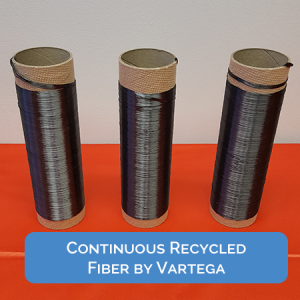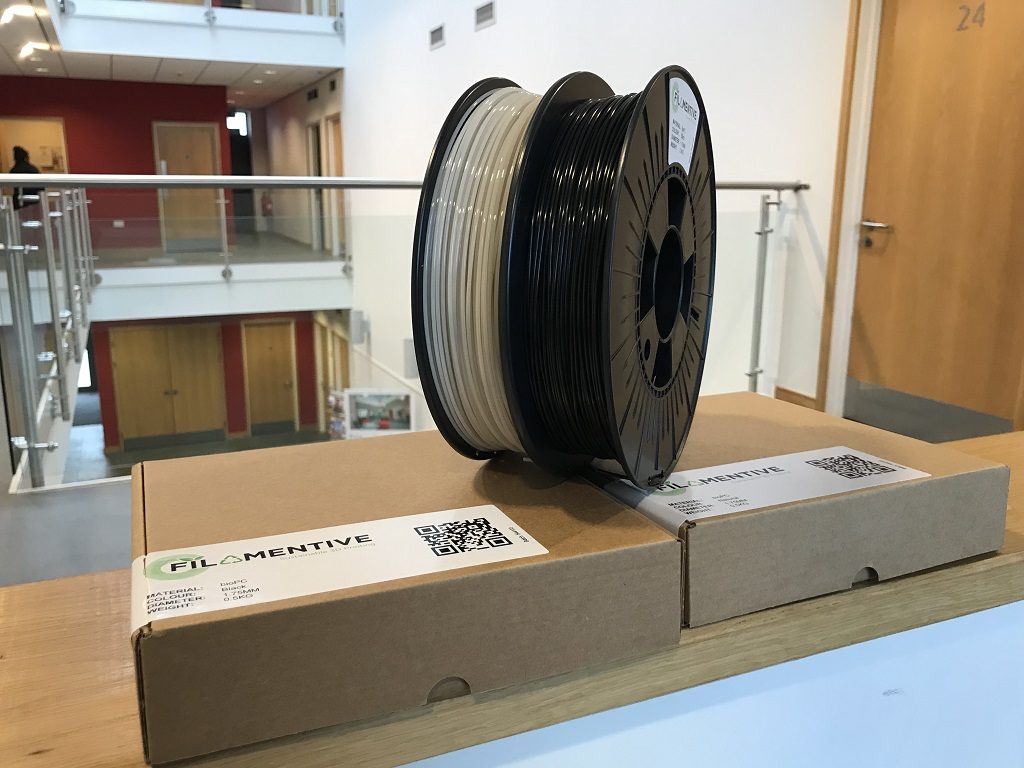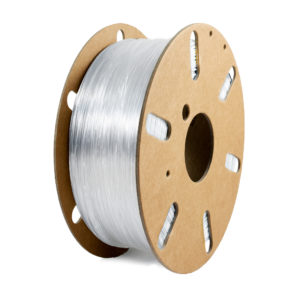 It seems these days that Colorado is the place to be in the 3D printing industry. Home to the ADAPT Consortium and 3D Systems’ Littleton Healthcare Technology Center, along with Aleph Objects and its LulzBot 3D printers, the state has had its fair share of innovations in the medical and educational fields. We’ve got more news coming out of the Centennial State this week, as Vartega, which produces recycled carbon fiber from scrap material generated in aerospace, automotive, sporting goods, and wind energy manufacturing, and the Colorado Cleantech Industries Association (CCIA) have teamed up with several academic and industry partners to form an alliance centered around additive manufacturing and sustainable thermoplastics.
It seems these days that Colorado is the place to be in the 3D printing industry. Home to the ADAPT Consortium and 3D Systems’ Littleton Healthcare Technology Center, along with Aleph Objects and its LulzBot 3D printers, the state has had its fair share of innovations in the medical and educational fields. We’ve got more news coming out of the Centennial State this week, as Vartega, which produces recycled carbon fiber from scrap material generated in aerospace, automotive, sporting goods, and wind energy manufacturing, and the Colorado Cleantech Industries Association (CCIA) have teamed up with several academic and industry partners to form an alliance centered around additive manufacturing and sustainable thermoplastics.
The Advanced Materials and Additive Manufacturing Infrastructure Development and Education (AMIDE) Alliance is the direct result of a $500,000 Advanced Industries Accelerator (AIA) Collaborative Infrastructure Grant from the Colorado Office of Economic Development and International Trade (OEDIT). The funding from this grant will support the development of at least three separate innovation centers in the state, which will focus on creating and applying 3D printing materials, like fiber-reinforced thermoplastics.

[Image: Vartega]
Katie Woslager, Senior Manager, Advanced Industries, Colorado OEDIT, said, “This was an extremely competitive grant cycle, but the review committee and the Economic Development Commission recognized the value that Vartega, CCIA, and the other project partners could bring to the state through this investment in an advanced materials and additive manufacturing ecosystem.”
Members of the AMIDE Alliance will be represented by a seven-person governance board that’s made up of academic and industry partners; CCIA will oversee the board’s establishment. Founding partners include Vartega, CCIA, Colorado State University (CSU) EWI, and The 3D Printing Store. Additional support for both the alliance and the grant proposal came from the following:
Colorado manufacturers AMP Industrial, the Crestridge Group, Oribi Manufacturing, and Steelhead Composites, which all currently have new products in development with advanced materials and manufacturing methods like 3D printed carbon fiber thermoplastics, also provided support.
 “There was so much great work happening in Colorado around the adoption and acceleration of 3D printing, but we kept running into the same problems sourcing and developing new materials and identifying local expertise for these applications. As we recognized this gap in the supply chain and workforce, we were able to work with our customers and partners to put together a vision of what a vertically integrated supply chain would look like,” said Vartega CEO Andrew Maxey. “We’re excited to be part of the newly formed AMIDE Alliance to close this gap and increase innovation in this growing and important area of manufacturing.”
“There was so much great work happening in Colorado around the adoption and acceleration of 3D printing, but we kept running into the same problems sourcing and developing new materials and identifying local expertise for these applications. As we recognized this gap in the supply chain and workforce, we were able to work with our customers and partners to put together a vision of what a vertically integrated supply chain would look like,” said Vartega CEO Andrew Maxey. “We’re excited to be part of the newly formed AMIDE Alliance to close this gap and increase innovation in this growing and important area of manufacturing.”
Vartega makes custom 3D printing and injection molding materials by combining its recycled carbon fiber with thermoplastics. By participating in the alliance, the company will be making capital equipment investments that will help to grow the state’s production of custom thermoplastic formulations.


The overall goal of the AMIDE Alliance, which will close a major gap in Colorado’s materials supply chain by providing critical development resources for AM thermoplastics, is to develop a materials development and testing ecosystem by investing in resources and equipment. The ecosystem will make it possible to increase advanced 3D printing materials development, as well as training the next generation of skilled manufacturing workers. The alliance will accomplish its goals by opening innovation centers in collaboration with CSU, the Colorado School of Mines, and Vartega.
“Advanced materials and additive manufacturing are impacting just about every industry right now,” said Shelly Curtiss, CCIA Executive Director. “We see a huge opportunity to leverage these new developments throughout the cleantech sector for the benefit of our members who are focused on renewables, energy efficiency, clean water, oil and gas, mining and transportation.”
 The CCIA will administer the grand funds for the innovation centers, which will be home to programs for educating and training new students, technicians, and professionals. The centers will also have the necessary equipment to help mature new additive manufacturing technologies and materials. Additionally, EWI will support materials development by offering advanced nondestructive evaluation, modeling and inspection services to support the ongoing new materials development.
The CCIA will administer the grand funds for the innovation centers, which will be home to programs for educating and training new students, technicians, and professionals. The centers will also have the necessary equipment to help mature new additive manufacturing technologies and materials. Additionally, EWI will support materials development by offering advanced nondestructive evaluation, modeling and inspection services to support the ongoing new materials development.
CSU’s innovation center will be at the university’s Composite Materials, Manufacture and Structures (CMMS) Laboratory, and will include the installation of a six-axis robotic system for the direct manufacture of continuous fiber-reinforced thermoplastic composites.
The center at the Colorado School of Mines, which will be home to an HP Jet Fusion 580 3D printer that will evaluate and characterize fiber-reinforced polymer powders being developed by project partners, will be located in the school’s Interdisciplinary Advanced Manufacturing Teaching Lab. The final innovation center, which will house extrusion equipment meant for developing fiber-reinforced thermoplastics for 3D printing applications, will be located at an unknown industry partner’s facility.
Another objective of the new AMIDE Alliance is workforce development, and Front Range Community College, Colorado School of Mines, IACMI, and ACMA will support these efforts by creating a curriculum centring around closing the skills gap for composites and 3D printing.
Discuss this story and other 3D printing topics at 3DPrintBoard.com or share your thoughts below.
[Source: CompositesWorld]











